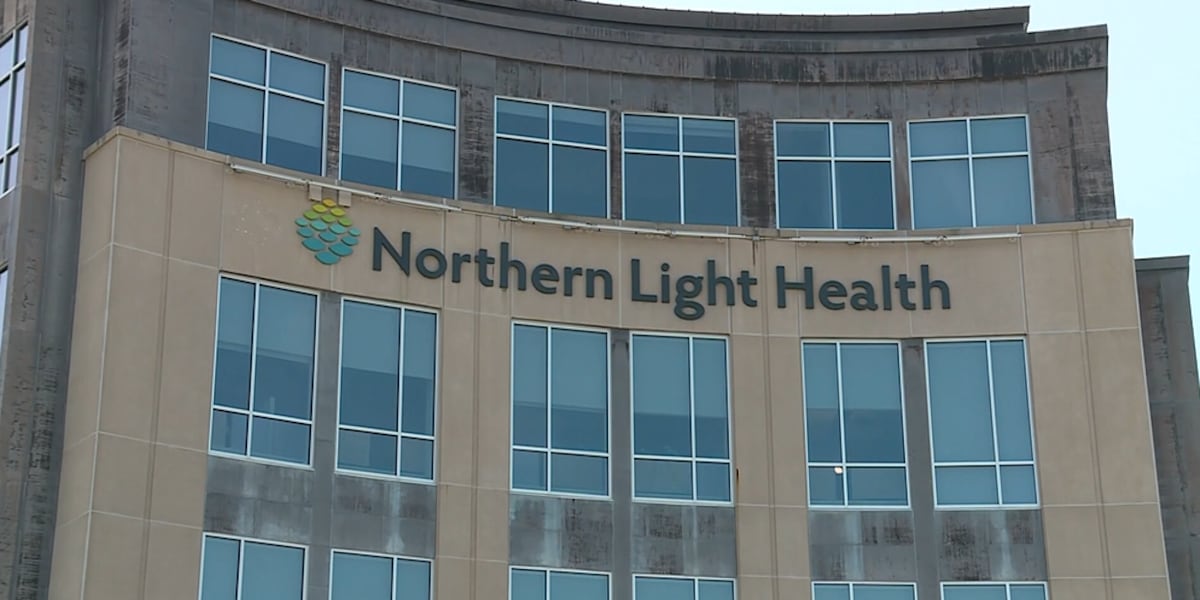Is Your Mental Health AI Safe? Experts Call for 'Traffic Light' System to Protect Users

The rapid rise of Artificial Intelligence (AI) offers exciting possibilities, including support for mental health. However, with this potential comes a critical need for safeguards. Experts are now advocating for a tiered 'traffic light' system – green, yellow, and red – to classify mental health AI tools, ensuring users can easily identify safe and trustworthy options without hindering innovation in this vital field. This system aims to address growing concerns about the accuracy, reliability, and potential harm associated with unregulated AI mental health applications.
The Promise and the Peril
AI-powered mental health tools, like chatbots and apps, promise 24/7 access to support, personalized interventions, and early detection of mental health issues. They can be particularly valuable for individuals in underserved areas or those facing barriers to traditional therapy. However, the current landscape is largely unregulated. This lack of oversight raises serious questions: Are these AI tools truly effective? Are they providing accurate information? And, most importantly, could they be causing harm?
Why a 'Traffic Light' System?
The proposed 'traffic light' system offers a practical and intuitive solution. Here's how it could work:
- Green Light: These AI tools would have undergone rigorous testing and validation, demonstrating a high degree of accuracy, safety, and ethical considerations. They would be transparent about their limitations and clearly state they are not a substitute for professional mental health care.
- Yellow Light: These tools are still under development or have limited evidence of effectiveness. Users would be advised to proceed with caution and consult with a mental health professional before relying on them.
- Red Light: These tools lack sufficient validation or pose potential risks to users. They should be avoided until further assessment and improvements are made.
Beyond the Lights: Key Considerations
Implementing a 'traffic light' system is just one piece of the puzzle. Other crucial steps include:
- Independent Evaluation: A neutral body, perhaps a collaboration between government agencies and mental health experts, should be responsible for evaluating and classifying AI tools.
- Transparency and Disclosure: AI developers must be transparent about the data used to train their models, the algorithms they employ, and the potential biases that may exist.
- User Education: Individuals need to be educated about the limitations of AI mental health tools and the importance of seeking professional help when needed.
- Data Privacy and Security: Protecting sensitive mental health data is paramount. Robust security measures and adherence to privacy regulations are essential.
Balancing Innovation and Safety
The goal is not to stifle innovation but to guide it responsibly. A well-designed 'traffic light' system can foster trust and encourage the development of safe and effective AI mental health tools. By prioritizing user safety and ethical considerations, we can harness the power of AI to improve mental health outcomes for all.
The Path Forward
The conversation around regulating AI in mental health is just beginning. The 'traffic light' system represents a promising first step, but ongoing dialogue and collaboration between stakeholders – developers, regulators, mental health professionals, and users – are crucial to ensure that AI benefits, rather than harms, the individuals seeking support.






